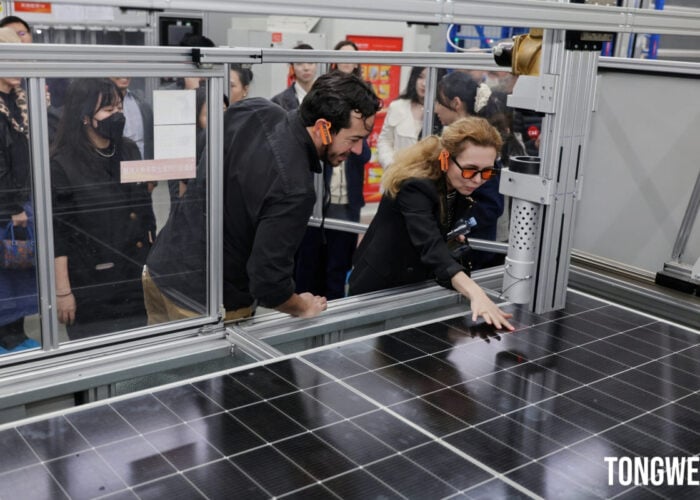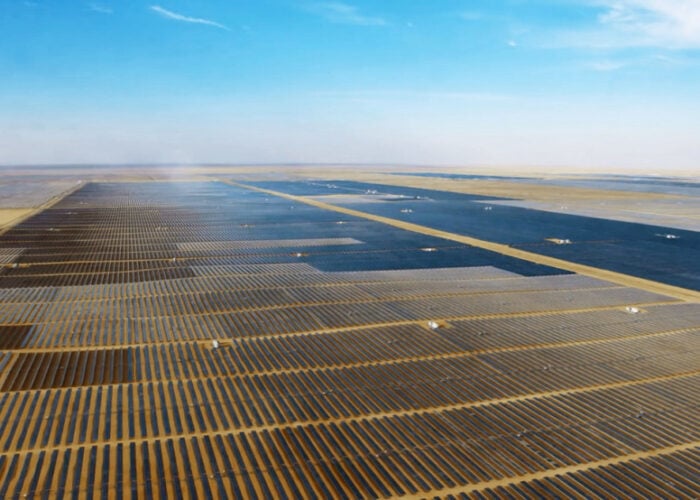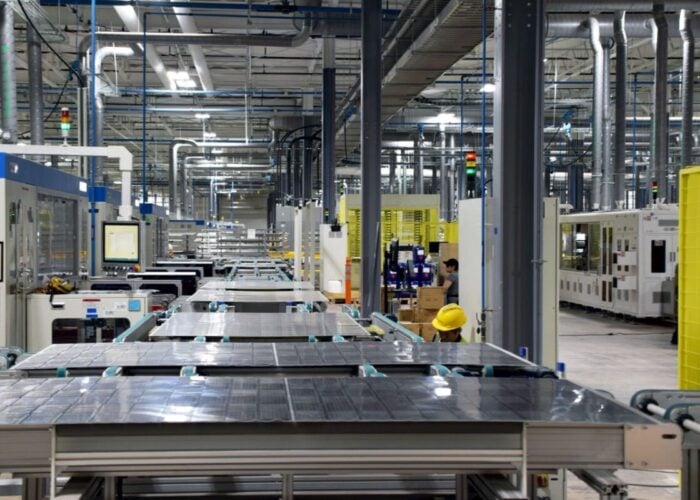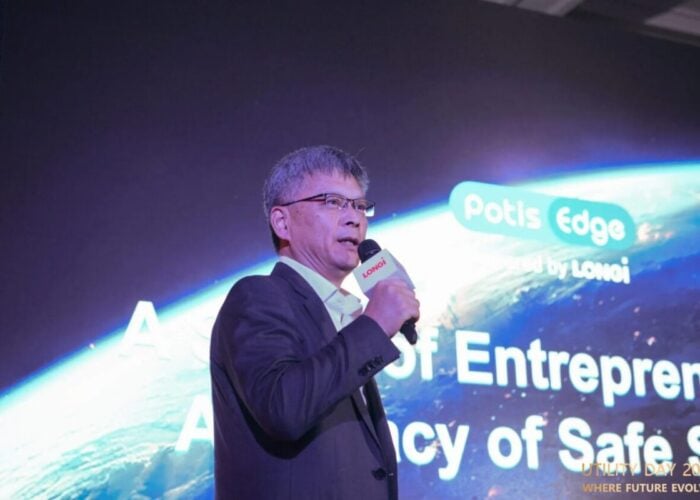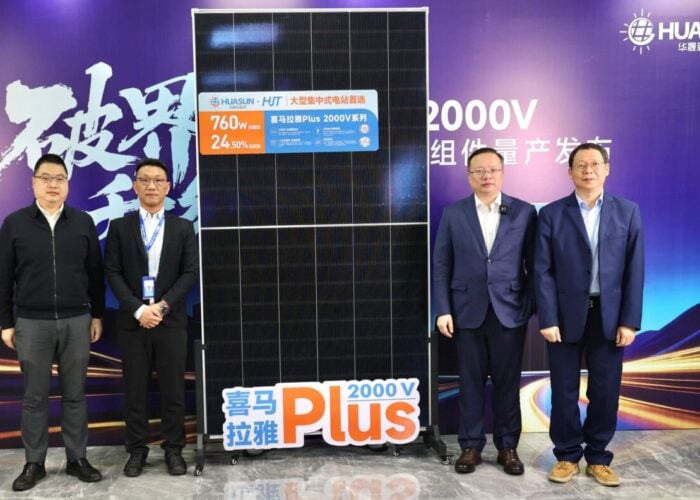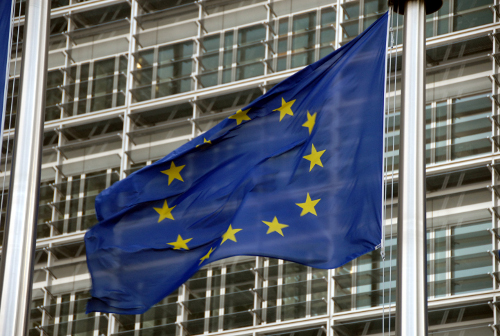
UPDATED: The minimum import price (MIP) for solar products being sold into the EU will drop significantly in 2017, according to official correspondence seen by PV Tech.
The CCCME, the Chinese government body that negotiated the deal on behalf of Chinese firms, has notified parties to the deal that the new rate for modules from 1 January 2017 will be €0.46/W and the cell price will be cut to €0.23/W. The MIP is part of a price undertaking agreed between the EU and China after evidence of unfair trade practices were uncovered in 2013.
Try Premium for just $1
- Full premium access for the first month at only $1
- Converts to an annual rate after 30 days unless cancelled
- Cancel anytime during the trial period
Premium Benefits
- Expert industry analysis and interviews
- Digital access to PV Tech Power journal
- Exclusive event discounts
Or get the full Premium subscription right away
Or continue reading this article for free
The price level is determined by the Bloomberg index, a voluntary price reporting scheme that operates in dollars. It is then converted into euros for the MIP but currency fluctuations have held the MIP higher than market prices would suggest is reasonable. Numerous manufacturers opted to breach the terms of the price undertaking. Many more, including the largest manufacturers, withdrew from the agreement and instead serve the European market from factories outside China.
“The MIP level was not adequate and inadvertently encouraged Chinese firms into violating it,” said Milan Nitzschke, president, EU ProSun, a trade group representing European manufacturers. “The new rate in January reduces the temptation to violate the MIP and risk huge penalties but ultimately, the Bloomberg index is not the right way to set the MIP rate.
“The most important thing is to have a system that is transparent and enforceable. Some predictability, to enable importers to see the MIP level 18 months ahead for example, would create more stability. The existing tariffs require a redesign and that includes a re-working of the price undertaking,” added Nitzschke.
A two-year extension of the trade duties has been proposed by the European Commission. It is yet to be approved by member states. A decision is required by 3 March 2017.
Finlay Colville, head of market research at Solar Media notes that global solar market dynamics are undermining the relevance of the MIP.
Analysis
Finlay Colville, head of market research at Solar Media notes that global solar market dynamics are undermining the relevance of the MIP:
“During the past few years, there has been a strong build-up of cell and module capacity across Southeast Asia, including Malaysia, Indonesia, Thailand and Vietnam. The capacity located there is now capable of serving the entire European and US markets, making the arguments for or against MIP somewhat irrelevant.
“Aside from the Southeast Asia issue, the EU has struggled with MIP pricing levels, constantly being behind the curve on global ASP declines.
“Given the timing of the EU entering into the made-in-China solar cell import debacle, coming after the US had laid down markers for them to follow, the attention ultimately turns to the US, and any changes that may be tabled once President-elect Trump takes office.
“In this context, the question on duties surely falls on Southeast Asia, and any actions that would help stop US based solar module ASPs declining to global averages and returning the country to one of premium ASPs.”
Solar Media's latest PV Manufacturing & Technology Quarterly Report is available now.
Our PV CellTech event returns on 14-15 March in Penang, Malaysia featuring R&D heads and CTO's from the top solar technology firms.

